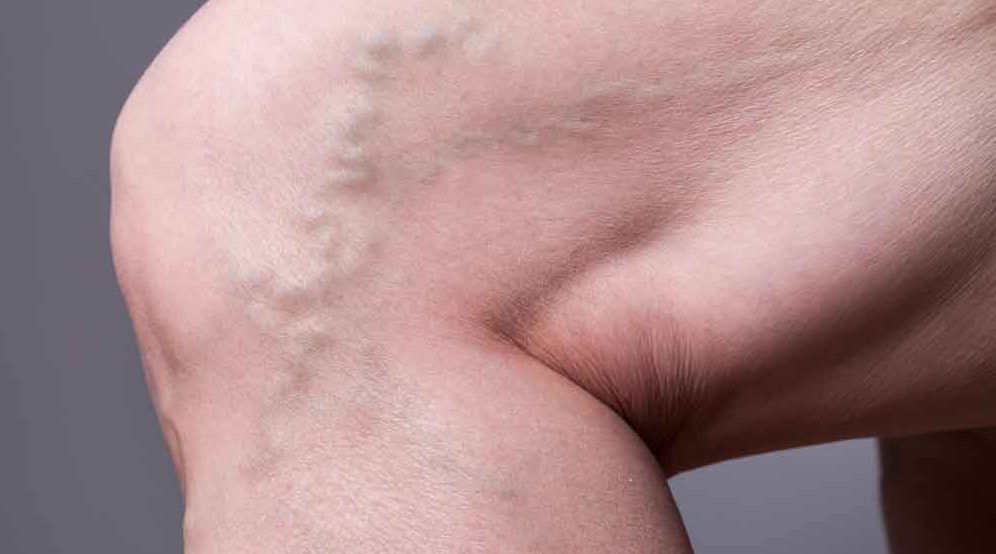What Causes Varicose Veins?

About 1 in 4 older Americans have varicose veins. Here’s what you need to know about what causes varicose veins and treatments you can do at home.
Those bluish-purple thin lines that appear on your legs may not be pretty to look at, but they’re often are harmless. If, however, you notice the lines start to swell and ache, you should see your doctor.
What causes varicose veins is when the one-direction valves in your veins fail. These valves prevent blood from flowing backwards. When the valves don’t function properly, blood collects in your veins instead of moving toward your heart, causing the veins in your legs to enlarge and often appear twisty.
The reason varicose veins usually form in your legs is because your legs are the farthest extremity from your heart, and gravity makes it difficult for the blood to flow upwards.
YOU MIGHT ALSO LIKE: How to Prevent a Heart Attack
Other causes of varicose veins include:
Varicose veins usually affect people ages 50 and up. But younger people can get them, too.
Symptoms of varicose veins
There are superficial and deep varicose veins. You can see superficial varicose veins. Deep are usually not visible but can cause aching and swelling in your legs. Often deep and superficial occur together. Blood clots can form in deep varicose veins, which can be dangerous. Clotting in superficial varicose veins can cause bleeding or ulcers, but they are not typically life-threatening.
The main symptoms of varicose veins are misshapen bluish-purple veins that are quite visible. It’s also possible to experience pressure, swelling, cramping, and pain in and around the enlarged veins. Discoloration of the area can also occur. A large percent of people with varicose veins also have restless legs syndrome.
Updated:
October 02, 2023
Reviewed By:
Christopher Nystuen, MD, MBA